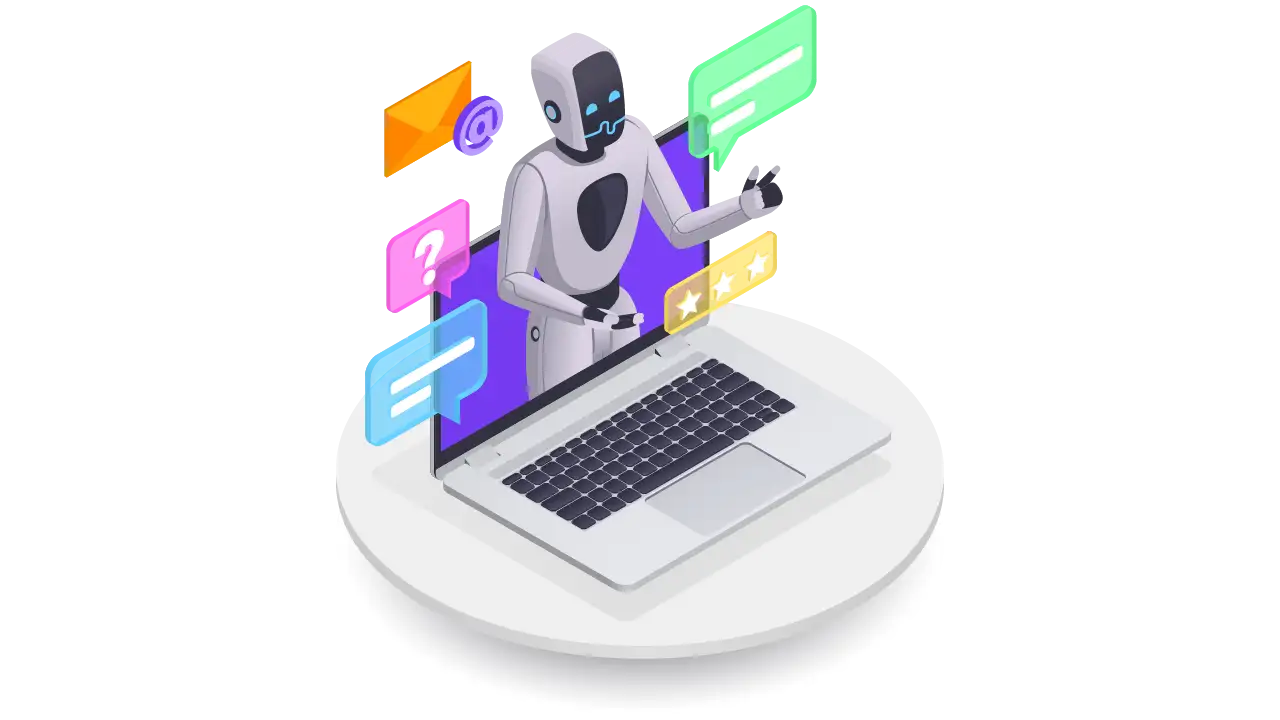


Human Resources (HR) has evolved from an administrative function to a strategic driver of business success. Today, HR focuses on creating thriving workplaces and enabling business impact through technology, automation, and data-driven strategies. By optimizing processes, HR professionals reduce administrative tasks, enhance efficiency, and improve the employee experience, allowing them to focus on talent development, culture building, and adaptability in a changing world.
Steps to begin HR optimization include:
1. Automation of Repetitive Tasks:
A multinational corporation implements an HR management system (HRMS) to automate payroll, attendance tracking, and benefits administration. This automation ensures payroll accuracy, frees HR teams for strategic initiatives, and reduces manual errors.
2.Streamlined Recruitment and Onboarding
An e-commerce company uses an Applicant Tracking System (ATS) to:
New hires are onboarded through a digital portal where they can access training videos, complete paperwork, and familiarize themselves with the company. This approach improves the candidate experience and reduces onboarding time
3. Data-Driven Decision Making
A tech startup deploys HR analytics software to track metrics like employee turnover, engagement levels, and recruitment success rates. These insights allow HR teams to predict staffing needs and adjust recruitment strategies to improve retention.
4. Continuous Feedback and Performance Management
A financial services company replaces annual performance reviews with a continuous feedback platform. This approach allows managers to provide real-time feedback, address issues promptly, and align employee goals with organizational objectives.
5.Flexible Work Policies and Employee Experience
A multinational firm adopts a flexible work policy, offering remote, hybrid, and in-office options. This initiative improves work-life balance, increases productivity, and helps retain top talent.
6.Learning and Development (L&D) Optimization
A manufacturing company leverages a Learning Management System (LMS) to deliver targeted training programs aligned with employees’ career paths. This enables employees to upskill at their own pace, improving productivity and morale.
7. Agile HR Practices
A tech firm uses agile methodologies to rapidly design and deploy virtual wellness programs during a shift to remote work. This adaptability ensures continued employee engagement despite changing circumstances
8. Employee Self-Service Portals
A retail chain creates a self-service portal, allowing employees to access payroll information, request time off, and update personal details. This reduces the administrative workload on HR teams and increases employee satisfaction.
9. Compliance and Risk Management
A healthcare organization uses compliance management software to monitor labor laws and ensure employee records are up to date. This reduces the risk of non-compliance and legal penalties.
10. Optimized Talent Management and Succession Planning
A corporation uses an integrated talent management platform to track career progress, identify high-potential employees, and develop succession plans. This ensures a strong leadership pipeline aligned with business objectives.
Optimizing HR processes is a necessity in today’s fast-evolving workplace. By leveraging technology, automation, data-driven strategies, and continuous improvement practices, organizations can create an HR function that is efficient, employee-centric, and strategically aligned with business goals. Whether it's reducing manual tasks, enhancing recruitment, or fostering a culture of learning and engagement, an optimized HR process drives both organizational success and employee satisfaction.
This approach ensures HR evolves from a transactional function to a transformational one, paving the way for sustained growth and competitiveness.
Source: 🔗HR process optimization
Optimized HR processes involve streamlining and enhancing Human Resources functions to improve efficiency, reduce costs, and elevate the employee experience. This is achieved through technology, automation, data analytics, and strategic improvements. By optimizing these processes, HR professionals can move beyond repetitive administrative tasks to focus on strategic priorities like talent development, organizational culture, and business growth.
Data analytics helps HR make informed decisions, forecast workforce trends, track performance metrics, and improve processes based on actionable insights.
By automating repetitive tasks and streamlining processes, employees experience faster responses, better support, and a more seamless workflow, boosting satisfaction and engagement.
Emerging trends include:
Common challenges include resistance to change, lack of technical expertise, high initial costs, and selecting the right tools for the organization’s needs.

Organizations operating in distributed, high-volume, or high-variability environments, such as HR shared services...

As the digital landscape evolves, data-powered organizations are gaining a competitive edge. Data has become the new currency...

The world of work is evolving at an unprecedented pace, and outplacement and workforce transition consulting...

The workplace is rapidly evolving at an unprecedented pace. As organizations navigate a landscape increasingly influenced by artificial intelligence...

Artificial Intelligence (AI) isn’t just some sci-fi fantasy anymore—it’s really changing the way companies work today...

In today’s fast-paced business world, People Analytics is reshaping the way organizations attract, engage, and retain talent...